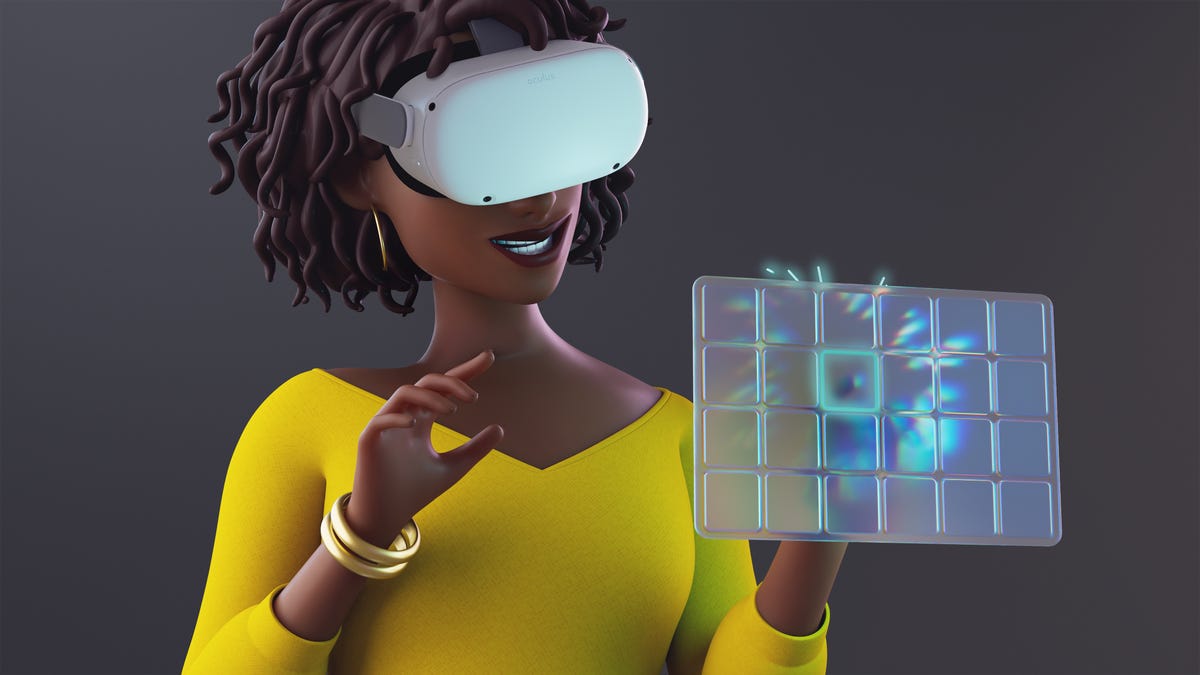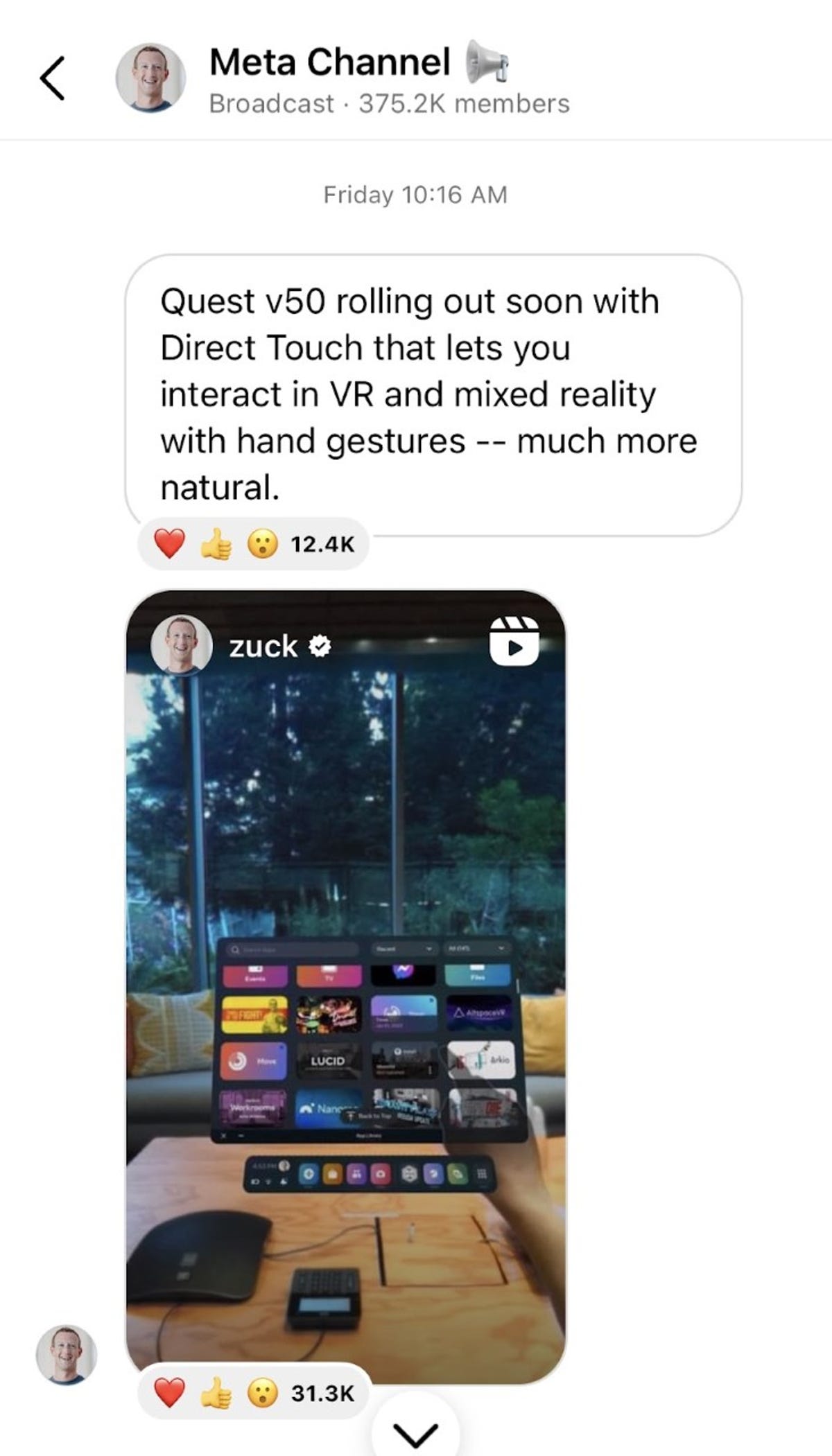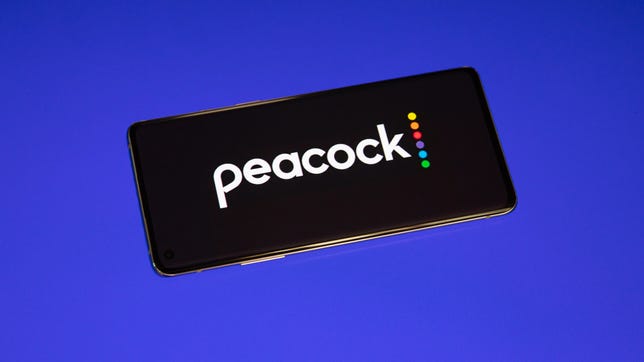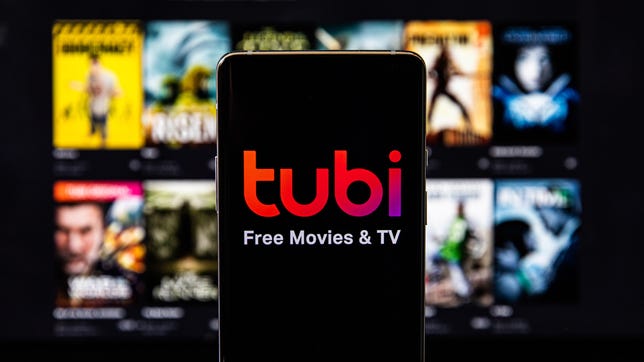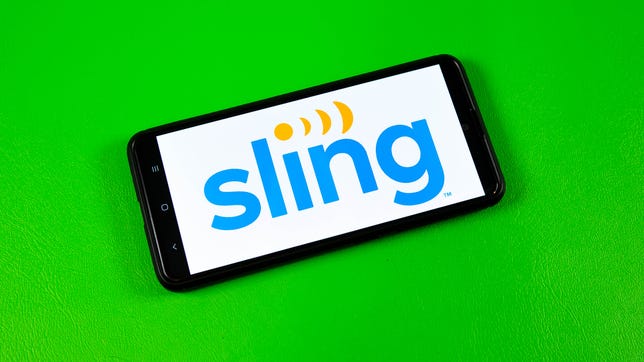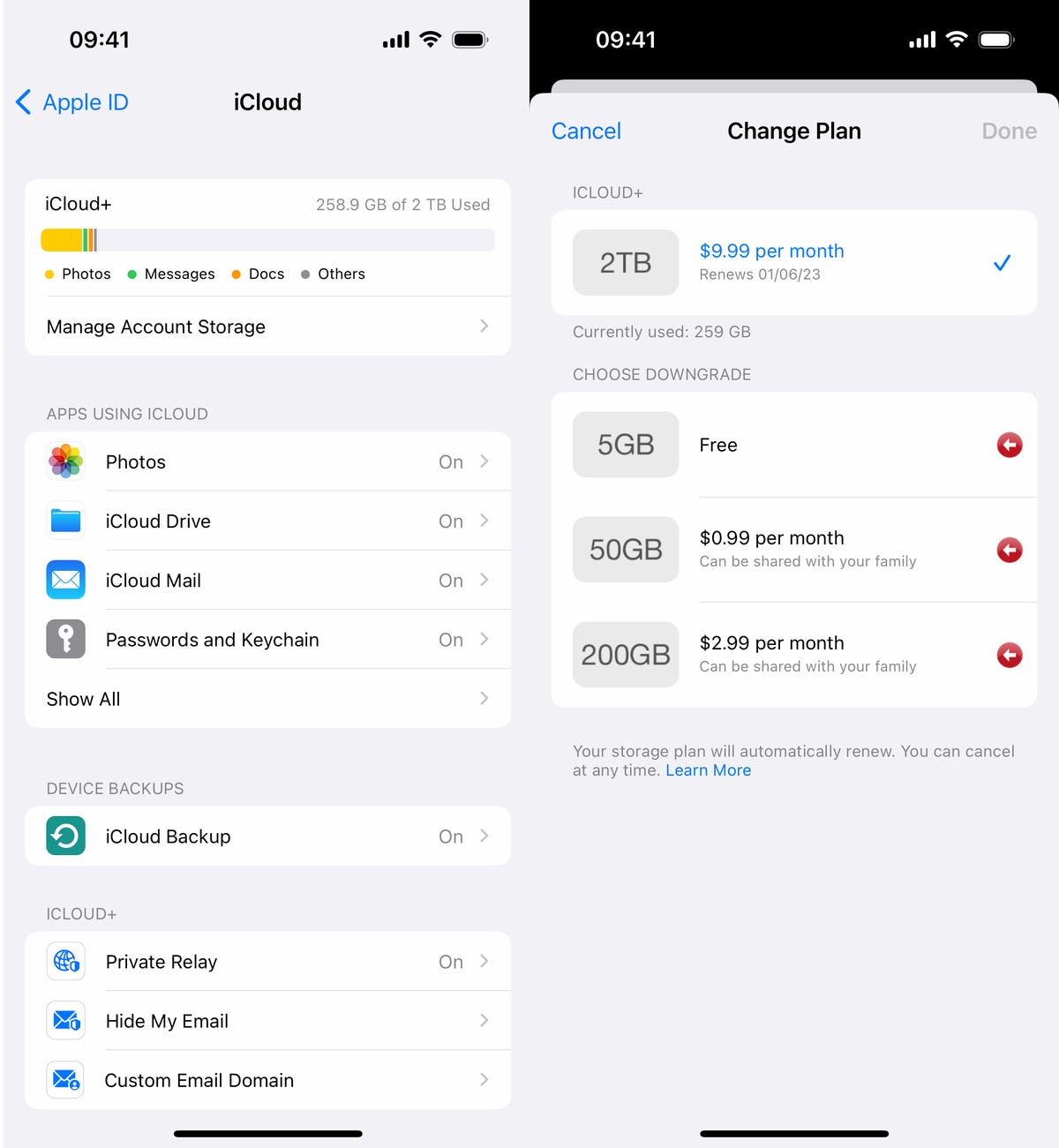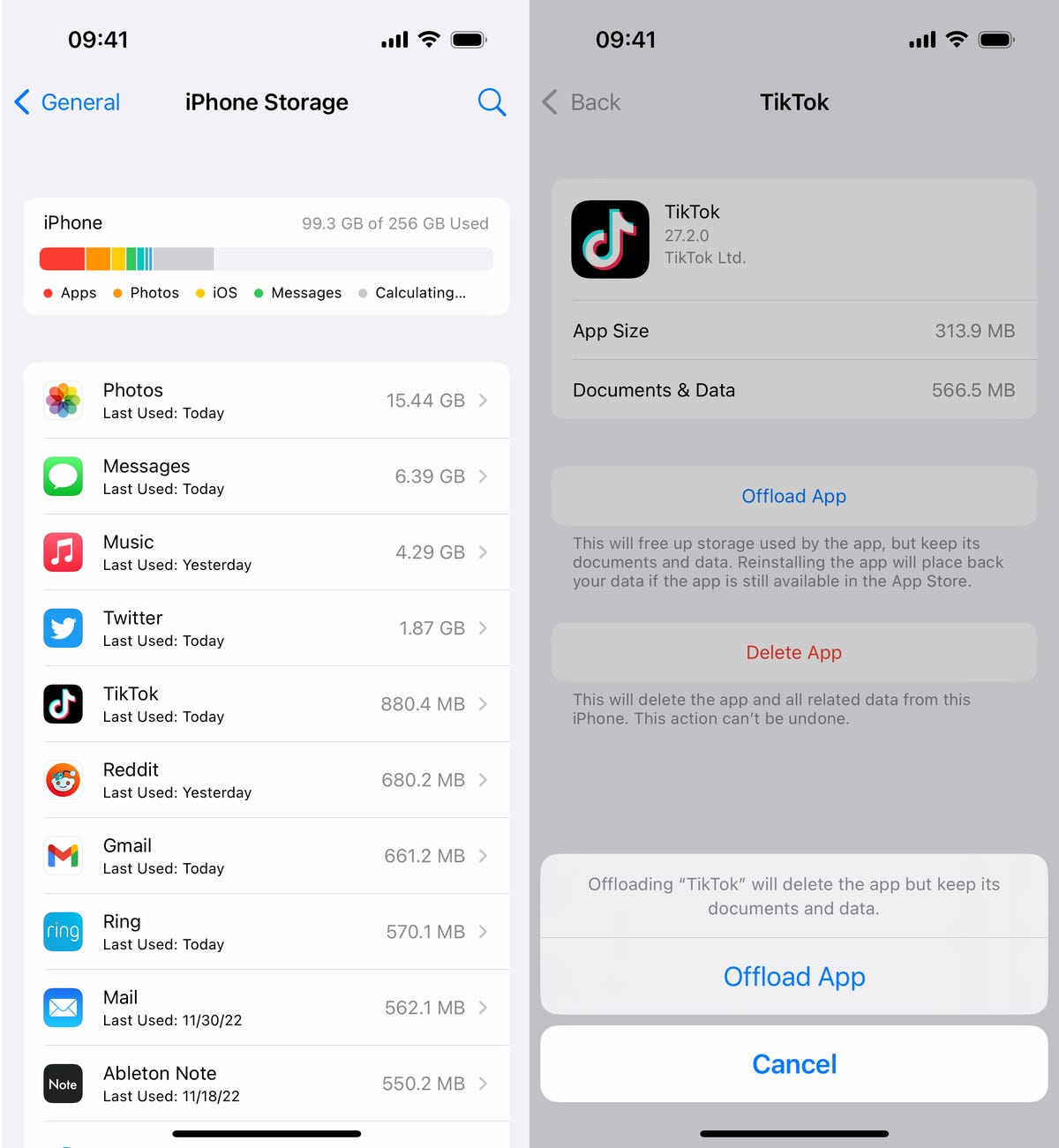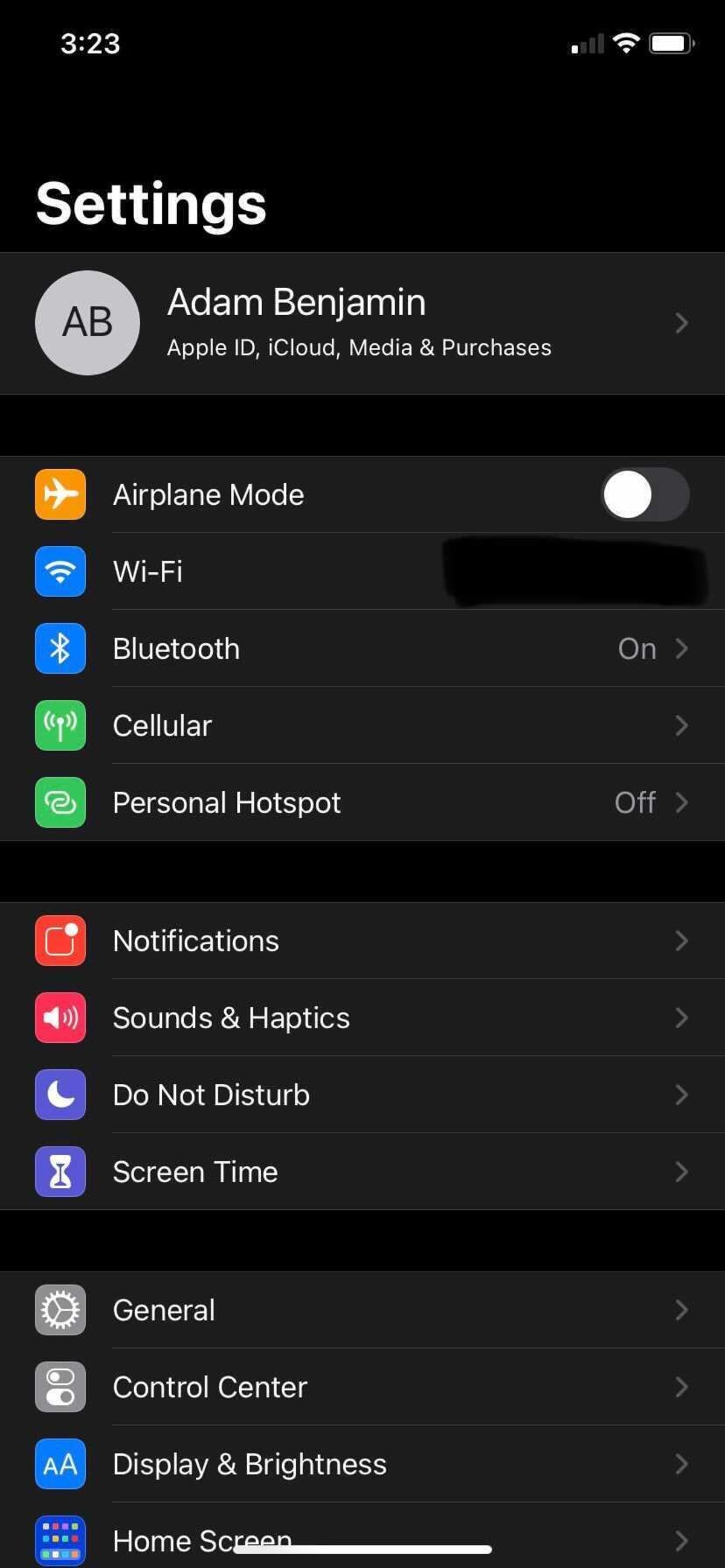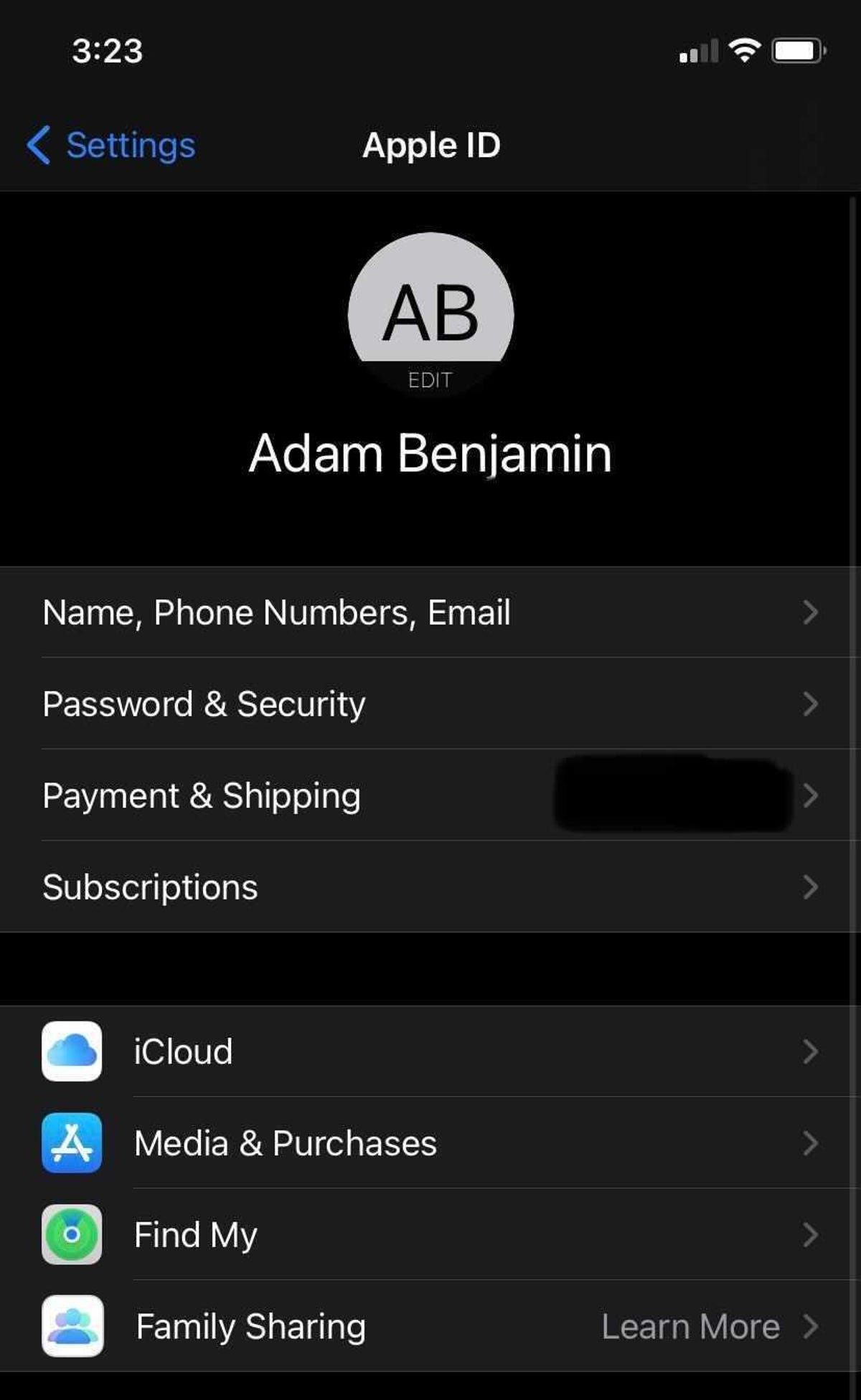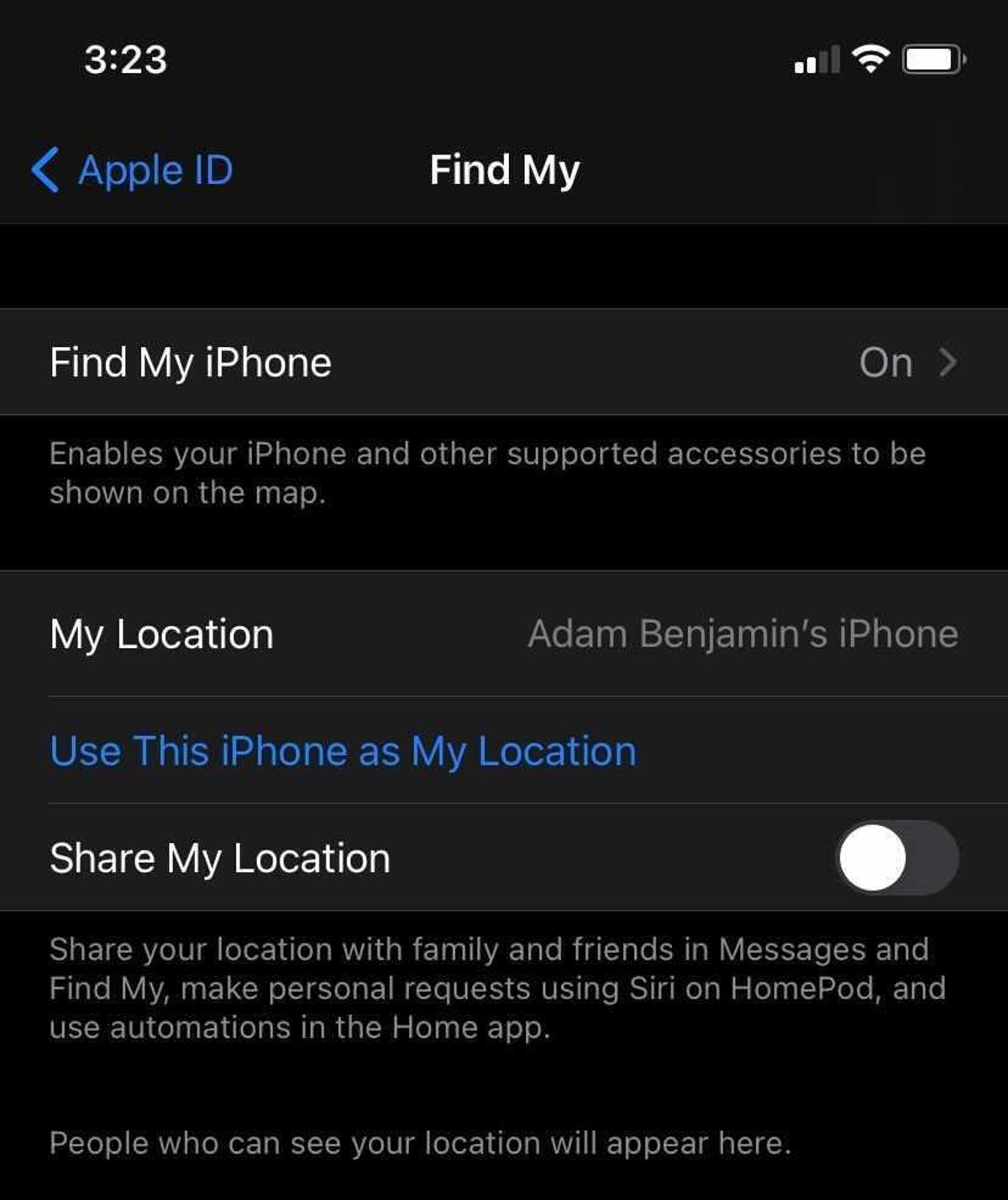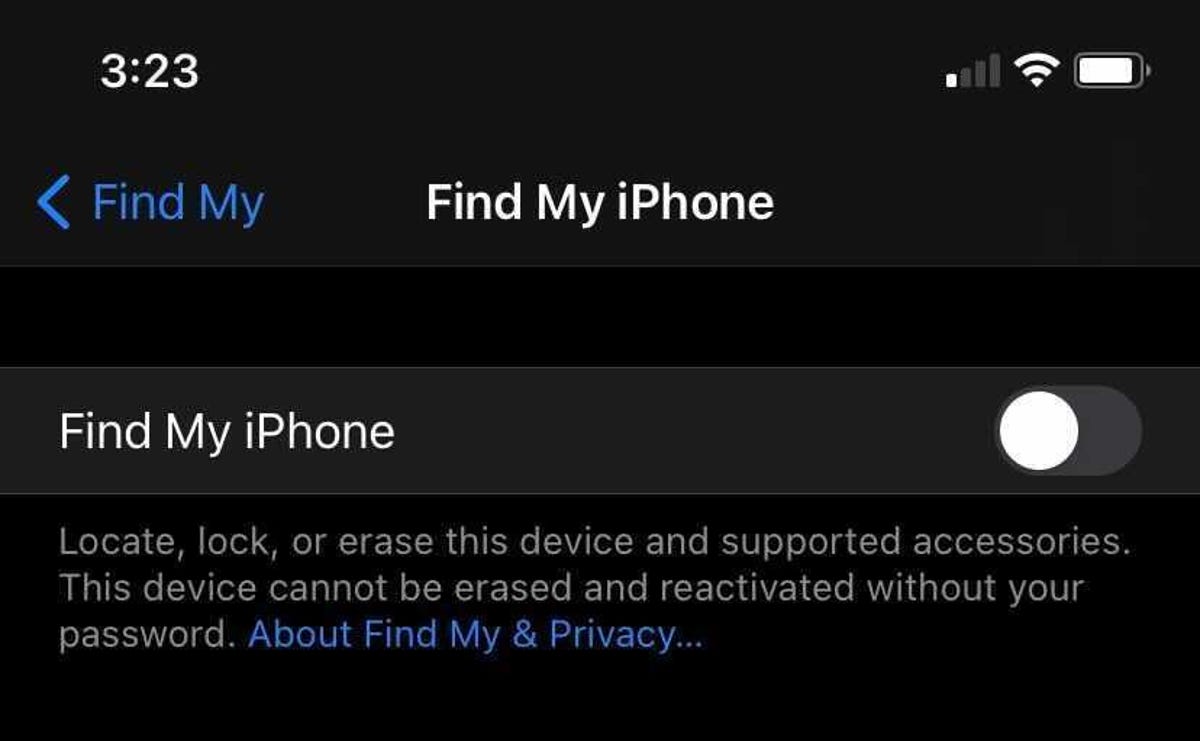Paid streaming subscriptions are bumping up their rates while offering a handful of cheaper tiers. Netflix, HBO Max, Disney Plus and Hulu offer great movies and shows, but you don’t have to stay locked in to meet your entertainment needs. There are a bunch of free alternatives to the big streamers, and we’ve gone through the testing and research to find the best ones for you.
Many of these services are ad-supported, so you won’t be able to skip commercials on these platforms. Most have older shows and movies, sort of like basic cable reruns. Some network sites (including ABC) won’t let you stream every show unless you’re a paid cable or satellite subscriber, but there are services like Sling Free, which offers a free tier in addition to paid plans.
Here’s a look at some of the best free streaming sites, which are all legal ways to indulge your inner couch potato. Prefer movies? Check out these 10 free Netflix alternatives.
Read more: Free Live TV News to Stream Right Now
James Martin/CNET
Peacock is NBCUniversal’s subscription service, which comes loaded with plenty of NBC content as well as movies and original programming. Unlike Netflix, Hulu and competitor Paramount Plus, however, Peacock has a free tier. There are also $5 Premium and $10 Premium Plus ad-free tiers, and certain cable customers can receive Premium for free. There’s a catch, however. As of January 2023, you must already be a Peacock Premium subscriber to use the free tier. Premium subscribers have the option to downgrade their accounts.
The free streaming version has thousands of hours of television shows, films, news, skit-style clips and exclusive big-budget original programming. Peacock’s slate of originals includes Poker Face, Bel-Air, Girls5Eva and a Psych movie sequel. With the free version you won’t get access to every episode of the original series, and you’ll also miss out on a lot of the other content Premium subscribers get. In addition to NBC programming, Peacock has content from NBC-owned networks such as Bravo, E, Syfy and USA along with daytime soap operas, talk shows and sports. Paying for Peacock unlocks the full 80,000-hour library; with the free version you get about half of that.
Read our Peacock review.
Sarah Tew/CNET
Roku Channel is a free TV streaming service designed for people who own the company’s streaming devices and TVs, but it’s also available via Roku’s apps for phones and tablets as well as online.
The Roku Channel offers 300 live channels including a channel guide, with its existing selection of on-demand content. While the linear TV includes live news and lifestyle channels, the on-demand content ranges from Roku Originals (like the Weird Al Yankovic biopic), to reality TV (Hoarders, Kitchen Nightmares) to popular series like House, 2 Broke Girls and Downton Abbey. You’ll also find anime (live and on-demand) and crime shows.
Unfortunately, not every TV series is complete (Bewitched, for example), and the service only offers a single episode in some cases. There’s plenty of stuff to watch, however, including a dedicated kids section. There’s also a solid array of classic movies including Robocop, Dawn of the Dead and The Cable Guy. In addition, you can subscribe to premium services including HBO, much like you can via Prime Video channels or the Apple TV app.
James Martin/CNET
Pluto TV is noteworthy for offering not only on-demand, free movie streaming, but also more than 250 live and linear channels on the platform, including BBC Food, Minecraft TV, Star Trek and CBS News. Because it’s a Paramount-owned brand, Pluto also has episodes of South Park and Survivor.
Pluto offers an impressive selection of live channels sorted into categories like news, reality, sports, comedy and movies in a grid format. On-demand TV content is organized into TV drama shows, sitcoms, crime, action series, sci-fi and more. The layout is not nearly as slick as the live channels, but there’s a variety of genres. One oddity: If you’re watching a livestream, there’s no way to pause. You can only mute it.
James Martin/CNET
Tubi TV generated huge buzz from its 2023 Super Bowl ad, and now the service may demand your attention. It offers considerably more free movie streaming than TV shows, but it continues to grow its extensive library and its live channel lineup. This ad-supported network doesn’t require an account, though signing up for one enables you to save favorites and resume playback if you switch between devices.
Tubi offers nationwide and local news livestreams in addition to live sports, weather and entertainment channels.The streaming site’s TV selection offers some of the reality shows we’ve come to expect, such as Hell’s Kitchen and Dance Moms, plus oddball inclusions such as the Australian drama McLeod’s Daughters. In 2023, the platform is adding content from HBO and Warner Bros., with titles including Westworld, The Nevers, Raised by Wolves and The Time Traveler’s Wife.
To watch TV series on demand, you can browse by title, network or genre, including a Tubi Kids category. Not every show has full seasons available, but you’ll find Quantico, Columbo and 14 seasons of Degrassi: The Next Generation among the choices. There are also a handful of Tubi Originals and feature films such as Doctor Sleep and Rambo: Last Blood.
James Martin/CNET
Formerly known as IMDb TV, Freevee is Amazon’s ad-supported streaming service that features a motherlode of TV and movie lore. In addition to TV series and movies, you can stream Freevee Originals and a string of 24/7 live channels.
Though the service’s initial focus was primarily on movie streaming, it’s now filled with TV shows too. Popular movies like Red Sparrow and The Purge are available, as well as all seven seasons of the AMC classic Mad Men and all eleven seasons of The X-Files. Other titles include MacGyver (the reboot), Desperate Housewives, Good Times, Freevee Original Judy Justice and nine seasons of the Gen X classic Little House on the Prairie, starring Michael Landon.
Sarah Tew/CNET
Though Sling’s live TV packages start at $40, Sling Freestream offers more than 40,000 titles of free on-demand TV, and movies and over 210 live TV channels.
Sling TV’s free streaming service includes livestreams for news, entertainment, sports, kids and more. You’ll find channels for ABC News Live, The Walking Dead Universe, Bon Appetit, Barstool Sports and on-demand selections including Ryan’s World, Brother vs. Brother and Chopped Junior.
You do not need to create an account when watching Sling Freestream, but if you do, it makes it easier to personalize what you watch. The service is available to watch on a web browser and via the Sling app. No payment information is required for viewing.
Crackle
Crackle is an ad-supported streaming service that offers mostly movies, but also some TV shows — including original content. It doesn’t require you to set up an account, though doing so enables you to save favorites, get recommendations and resume playback if you switch between devices.
Crackle’s commercial-supported selection has expanded with over 300 different shows, and mainly consists of older releases such as Sherlock (with Doctor Strange star Benedict Cumberbatch), Alf and The Partridge Family. As with other free services, however, not every TV series is complete — you might get only one or two seasons, or even just a partial season. There are movie selections from the 1940s to the present, including The Girl With the Dragon Tattoo series and Sophie’s Choice.
Plex
Starting as a way for users to stream content stored on users’ computers, Plex has evolved to incorporate other sources such as OTA broadcasts, Tidal, and free streaming TV. You don’t need to install the Plex server, you just stream it with the basic Plex app, or if you want, sign up for an account.
Plex’s free streaming service operates similarly to Pluto. The offering started with a modest slate of ad-supported content, mostly movies, but Plex has since entered a partnership with Crackle, offering thousands more TV shows and movies from that service. In addition to on-demand content like Hannibal and Kitchen Nightmares, Plex also offers live TV channels like Stories by AMC, Hallmark and niche 24/7 streams for certain series, including The Walking Dead.
Movie fans can search by title and genre. Or you can check out themed collections such as Cheap Thrills or The Dojo.
Screenshot by Rick Broida/CNET
Got a library card? Check to see if your library has partnered with Hoopla. This digital-media service allows you to check out all kinds of stuff — from ebooks to movies to TV shows. When you “borrow” one, you have 72 hours in which to watch it. Your library determines the total number of titles you can borrow each month. An added bonus for this service is there are no commercials interrupting your viewing experience.
Hoopla’s TV selection is something of a hodgepodge, with a smattering of well-known shows mixed in with a lot of self-help, documentary and family fare. For example, you’ll find three seasons of the SyFy original Humans, both seasons of The Jim Gaffigan Show and lots of Ken Burns documentaries. Hoopla also has instructional videos from The Great Courses series, various PBS Kids shows and plenty of Acorn TV content that would otherwise require a subscription. Film selections rotate on and off the platform, so be sure to check the rotation on a regular basis.
Read more: Best Live TV Streaming Service for Cord-Cutters in 2022
Now playing:Watch this:How to watch TV online for free
1:34
How we test streaming services
With more than 150 streaming services in existence — globally — it can be hard sifting through each brand and its offerings. We narrowed this list down based on several factors, including accessibility, popularity, on-demand content, live channels and reliability. We watched each service on a TV and mobile device to evaluate its user interface and channel roster.
These apps can be easily accessed on virtually any media player, smart TV, web browser or mobile device, and they offer a variety of content to suit genre preferences or age ranges. Because they’re free services, there’s added value for those that offer originals and live channels. When doing test runs of these services, we didn’t encounter problems with crashing, lag time or choppy live broadcasts, but your mileage may vary.
Free streaming services FAQs
What about free apps for networks like ABC, NBC, PBS, CW and others?
These are also viable options. You can watch shows from your favorite networks on their dedicated apps but we opted to not include them on this list as some (like ABC) require you to be registered with a cable/TV provider to view the most recent content. Network apps typically allow you to watch new episodes of your shows the next day — or week — via their app or website. In some cases, you can also watch live news broadcasts or episode reruns for TV series.
Do I have to sit through ads on these services?
Yes. The tradeoff for receiving content to stream for free is that you have to tolerate commercials. Whether you’re watching a live channel or on-demand video, each of these services will run ads during your viewing experience. To keep the content free, they have to pay the bills with ads. The only exception on this list is Hoopla.
Which app has the most family-friendly content?
If you’re looking for age-appropriate shows and movies, you’ll find plenty of titles on Tubi, Peacock, Roku Channel and Freevee for young children, tweens and teens. Pluto also features dedicated kids’ channels with content from Nickelodeon, Lego, Garfield and more.
